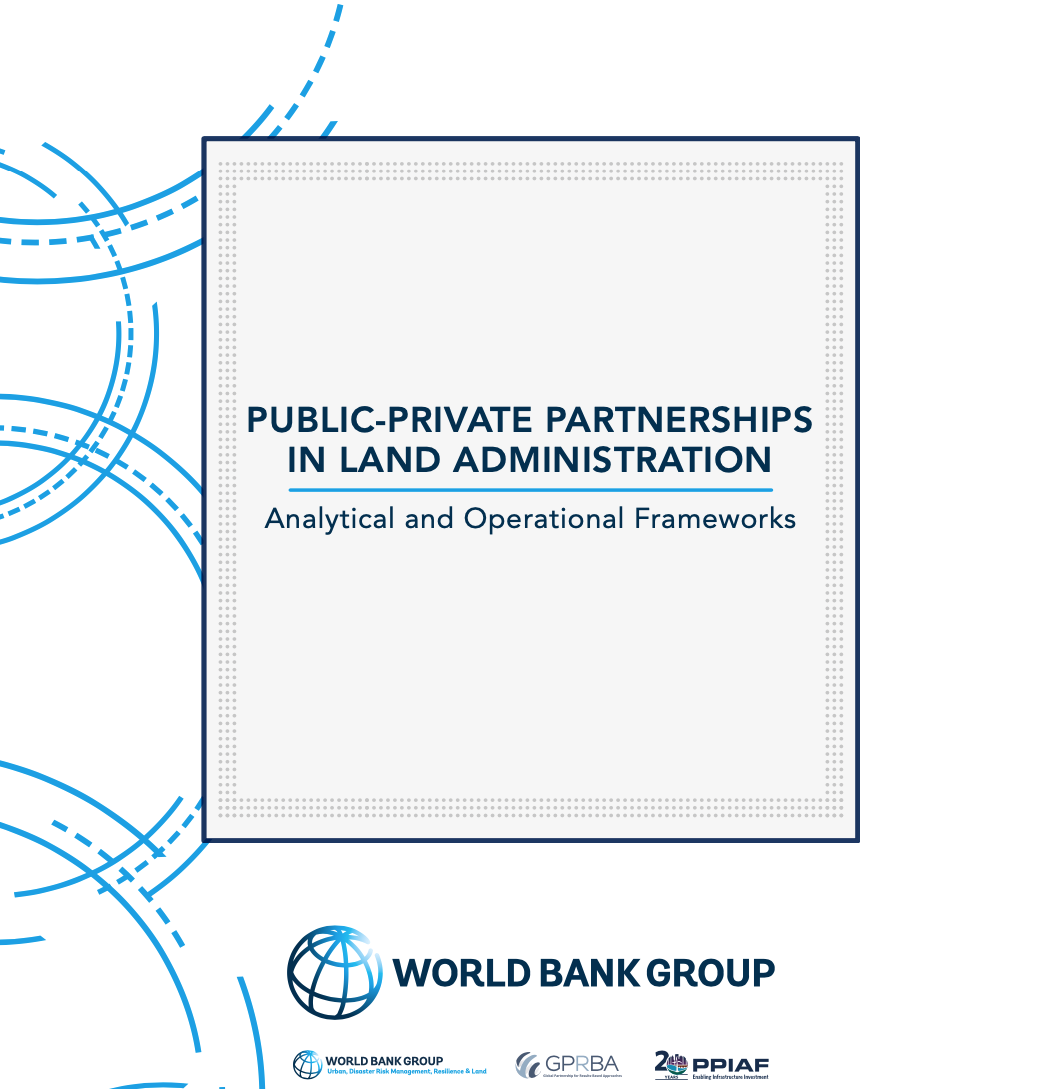Land is at the center of many of our development challenges. It affects 8 out of 12 Sustainable Development Goals, including Poverty Reduction, Food Security, Sustainable Cities, Gender Equality, and Climate Action. Secure property rights are the cornerstone of a well-functioning economy that works for everyone.. Strong land administration is also essential to unlock land for infrastructure delivery e.g. affordable housing, slum upgrading, transport corridors, among others.
Land tends to be one of the most important assets of the poor. However, . By some estimates, only around 30 percent of land rights are registered or recorded worldwide. To succeed in reducing the number of the poor living on less than $1.90 per day, it is important to secure land rights and strengthen the availability and accessibility of land administration services at large in order to unlock the benefits in both urban and rural areas.
Given the centrality of land, a lot of the World Bank’s work with our clients is affected in one way or another by secure land rights and land resource governance. The World Bank is the largest donor and financier of land administration projects globally. In addition to components within projects, the Bank currently finances standalone land projects totaling $1.58 billion, with another $500 million expected during the current fiscal year. Existing active projects are expected to benefit 17 million beneficiaries at the end of the project cycle.
Despite this commitment and the progress made to date, much remains to be done.
The World Bank has the ambitious goal to ‘flip the ratio’ – ie, to increase the percentage of the global population with secure land rights from the current estimate of 30 to 70 percent by 2030.
This ambitious goal requires new ways of solving old problems.
An important component of the Bank approach is private sector participation, which can help alleviate some of the capital constraints around financing the registration of rights and modernizing land administration systems. This is even more relevant now in the aftermath of the COVID-19 crisis where governments’ fiscal capacity will be weakened and stretched.
Private sector participation in land administration, particularly when related to long-term contracts like public-private partnerships, is neither easy nor straightforward. For example, the most prominent examples of land PPPs come from high-income countries like Canada and Australia. At the same time, there is potential as we have seen through the successful case of electronic land administration PPP (e-Tanah) in Kuala Lumpur, Malaysia and other examples in India and the Philippines.
This potential for private sector participation in land administration can be strengthened by cultivating specialized expertise in governments, such as identifying and assessing opportunities, financial forecasting, risk identification and mitigation, contract management etc. The report titled ''Public-Private Partnerships in Land Administration: Analytical and Operational Frameworks' was developed to build this expertise, advance the thinking on how PPPs can be implemented in land administration with appropriate risk mitigation, and explore how the World Bank and other development partners may engage in financing and building capacity in land administration.
With its analytical assessments and operational tools, the report intends to support governments (land agencies and government entities tasked with overseeing PPPs) and development partners in better understanding and identifying potential opportunities for PPPs in land administration.
Find the full report here: https://openknowledge.worldbank.org/handle/10986/34072
